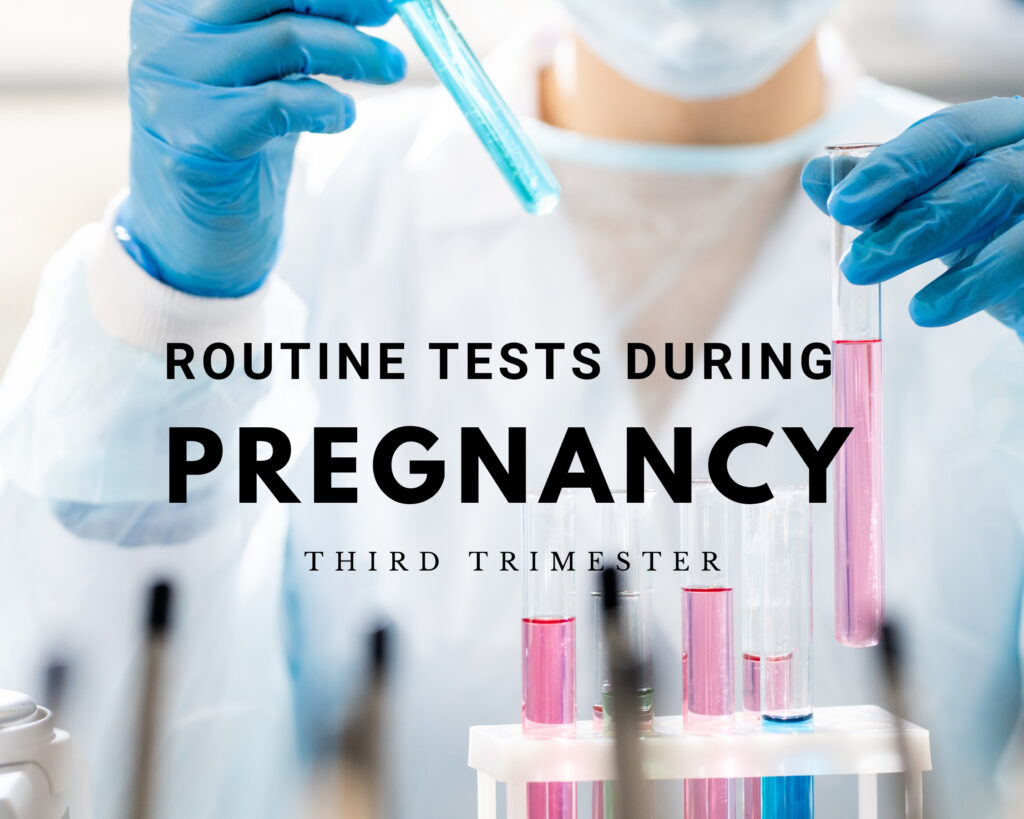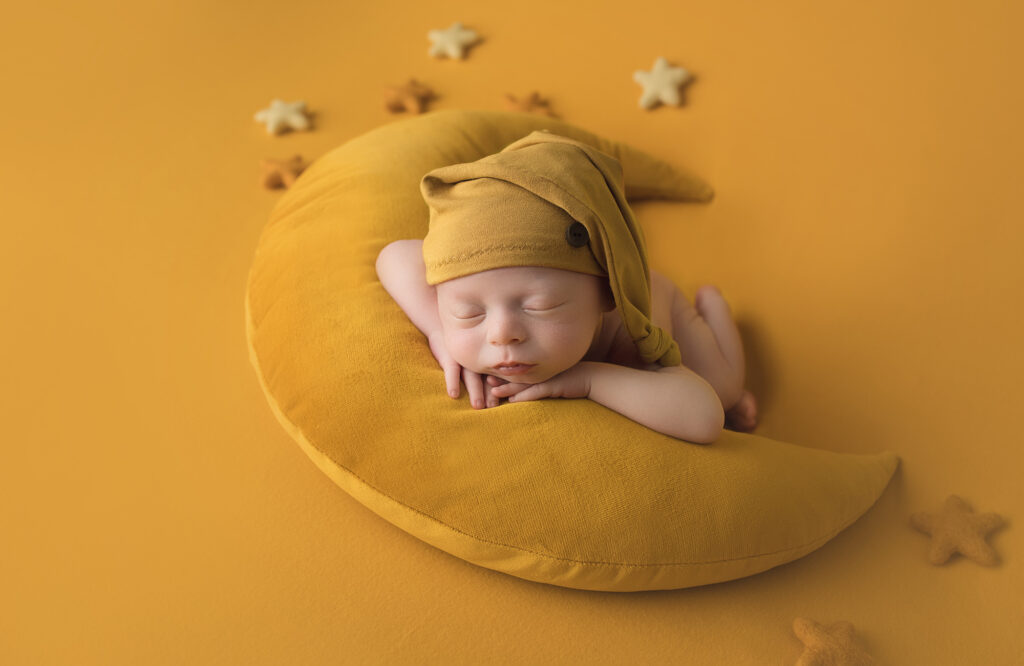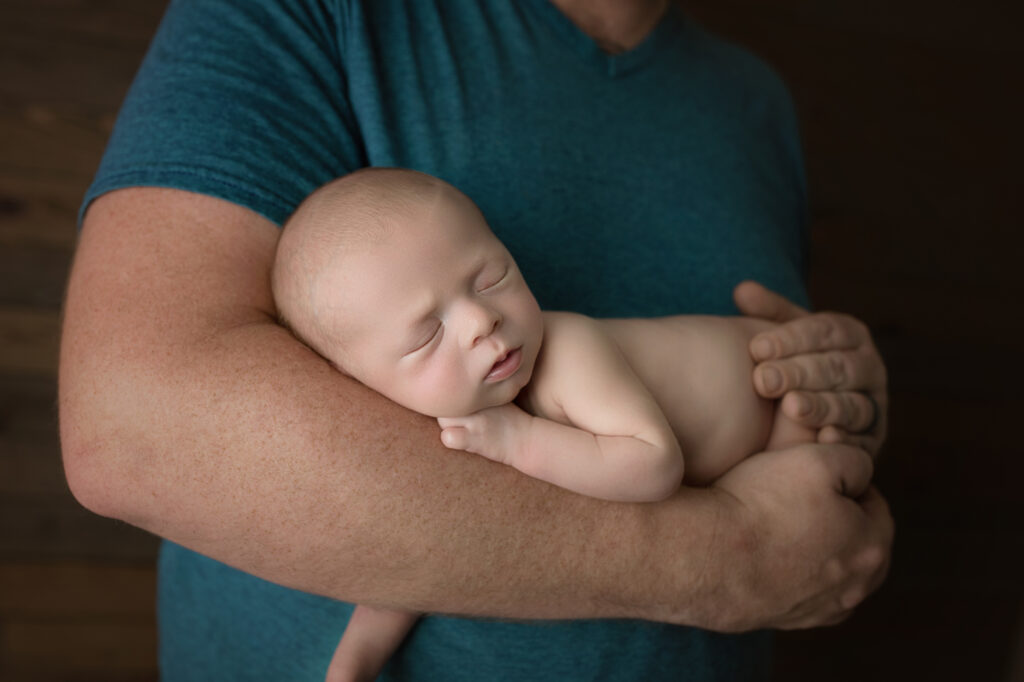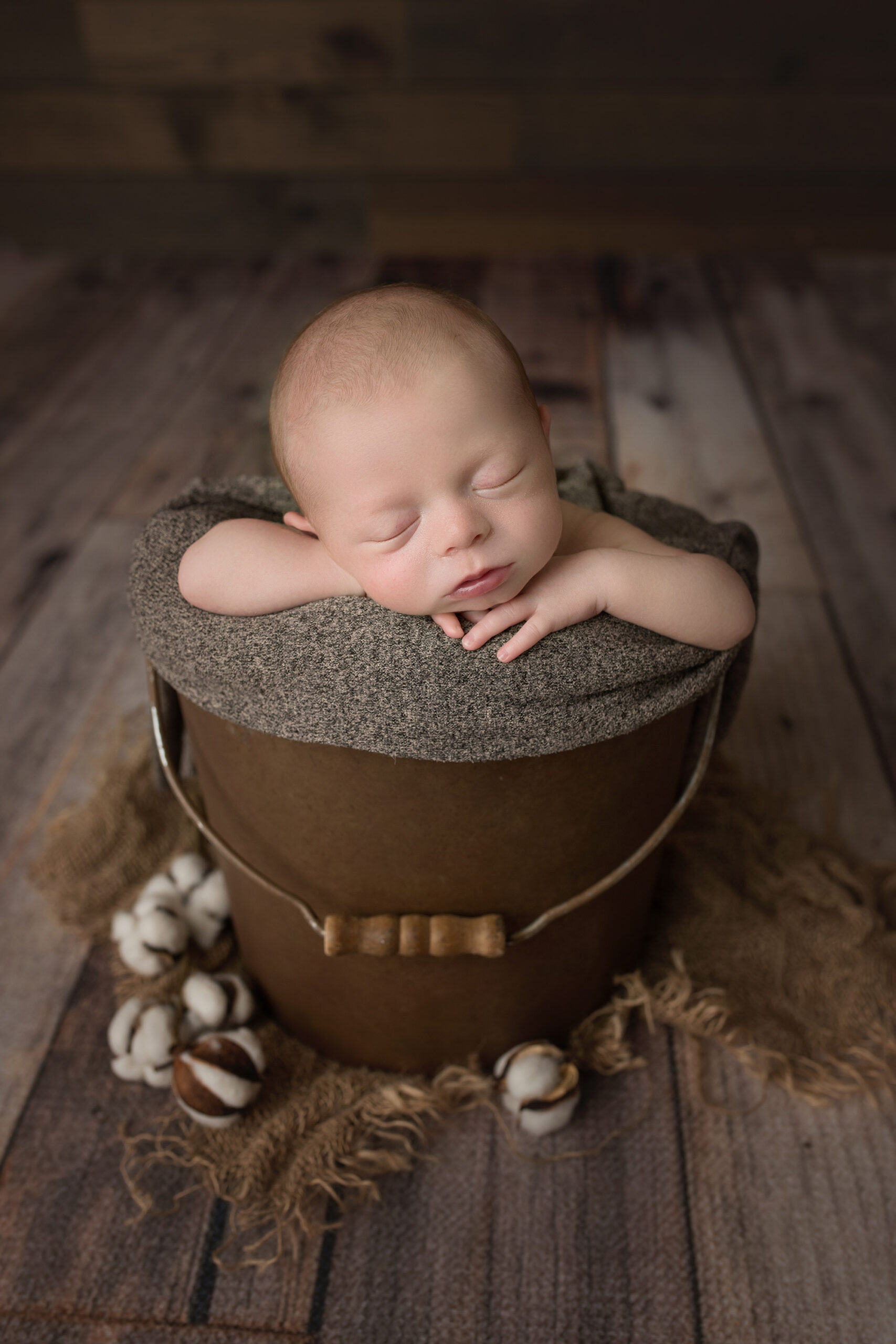Your Pregnancy | Third trimester Tests and Screenings
Your Pregnancy | Third trimester Tests and Screenings. Once you reach week 27 of your pregnancy, you’ve hit the third trimester — the home stretch! Only a few more weeks left until you get to bring your baby into the world and meet him for the first time. It’s both an exciting and stressful period since there is much to do to make sure you’re ready to bring home a newborn.
During your third trimester, you’ll typically see your doctor about every two weeks. After week 36, your doctor will want to see you for an appointment every week. During these final appointments, you should expect your doctor to
- Do a urinalysis
- Check your blood pressure
- Weigh you
Be sure to talk to your doctor about any concerns, discomforts, or questions you might have involving your pregnancy and your upcoming delivery. Your doctor can see how your baby is moving and growing inside you, but it is up to you to keep him informed on how you’re feeling and what you may need in the final weeks of your pregnancy.
Even though at this point, you’ve had all the important tests done and have likely gotten to see your baby on an ultrasound, you can never be too careful. Your doctor may want to do a couple more tests to assess the well being of your little one. Your Pregnancy | Third trimester Tests and Screenings.
Nonstress Test (NST)
Not all expecting mothers will have to have a nonstress test, or NST. Those who experience preeclampsia, gestational diabetes, or have smaller or less active babies will probably be asked to have one around week 28.
This test, unlike most other prenatal screenings, requires active participation from the mother. A monitor will be placed around your belly, and you’ll be given a clicker. Every time you feel your baby move, you click the button. Your doctor might try to stimulate your baby by placing a type of noise-making device near you during the test. Some NSTs might be different, but this style is the most common.
Technicians use the result of the NST to determine whether your baby is “reactive” or “nonreactive.” A nonreactive baby is not necessarily an unhealthy baby or one that’s in danger. But a “nonreactive” result could mean that your baby isn’t getting the proper amount of oxygen, and more tests will be ordered to determine the next steps.
Biophysical Profile (BPP)
The biophysical profile is another way to test your baby’s well being, especially as a follow-up to the NST. Doctors will also recommend BPP to mothers who
- Are carrying more than one baby
- Are carrying past their due date
- Have blood pressure issues or diabetes
A BPP will look familiar if you’ve had an NST. The same type of monitor will be placed on your belly, and this time will be accompanied by an ultrasound. The BPP measures the level of amniotic fluid as well as your baby’s
- Heartbeat
- Movement
- Muscle tone
- Breathing
Each of the evaluated areas will be given a score of 0 to 2. Example, if your baby moves three times in a 30 minute period, 2 points will be given for the “movement” category. Collectively, if your result is a score of 8 to 10, it’s considered “reassuring” and you may not need further testing. If your result is a score of 6, your doctor will want to do another BPP, and delivery might be recommended depending on how far along you are. A score of 4 or less typically means more testing and possibly immediate delivery of your baby.
Additionally, if your amniotic fluid is considered too low, your physician will do further testing and might need to deliver your baby early, even if your overall BPP score is reassuring.
Group B Strep Testing
About one in four women carries a bacteria called Group B strep (GBS). If an expecting mother is carrying GBS, it can be transmitted to the baby during childbirth and cause serious health problems like meningitis and pneumonia.
All women are tested for GBS between weeks 36 and 38 of pregnancy since GBS doesn’t show any symptoms. For the test, your doctor will take swabs from your vagina and from your rectum and send them to a lab for analysis.
If being tested weeks ahead of time isn’t an option for you, find out if your hospital offers rapid GBS testing that can happen during labor and tell you the results before delivery.
If your results show that you are a carrier of GBS, you will probably be given IV antibiotics at least four hours before delivering your baby. Your doctor will be less likely to give you antibiotics before the day of delivery because the bacteria can return. However, if you’re having a planned C-section, you probably won’t need any antibiotics for GBS.
All the final tests and appointments can seem stressful and time-consuming, but there’s nothing more important than ensuring the safe delivery of a healthy baby. Keep in contact with your physician about any COVID-19 restrictions that might prevent or alter how often you’re supposed to go in for visits. And relax, it’s almost time to meet your baby!
Sally Salerno of Sally Salerno Photography is an award winning photographer serving the Raleigh / Durham / Triangle Area for nearly a decade. Click here to book your session.









